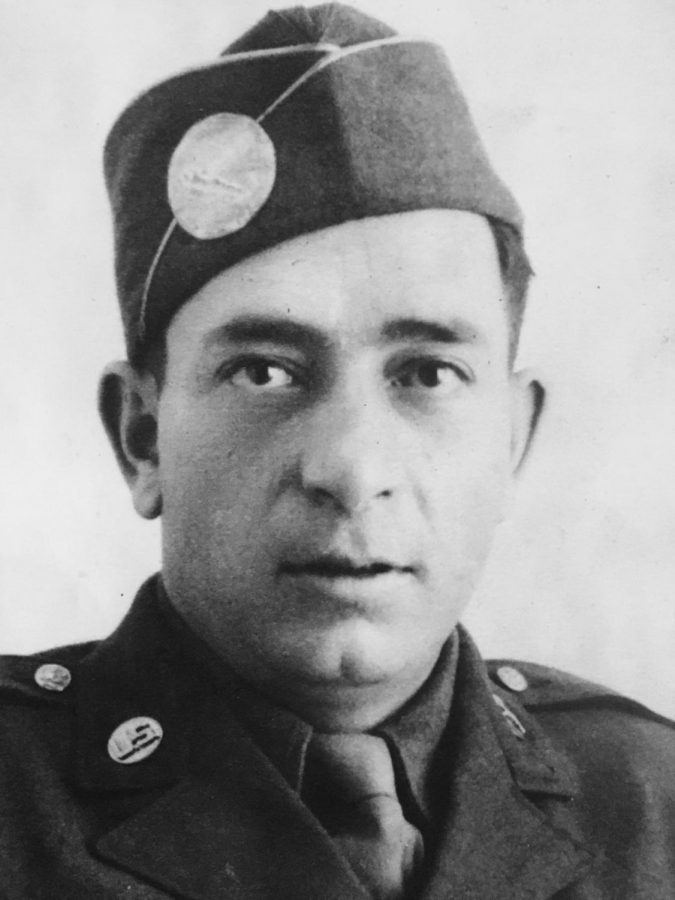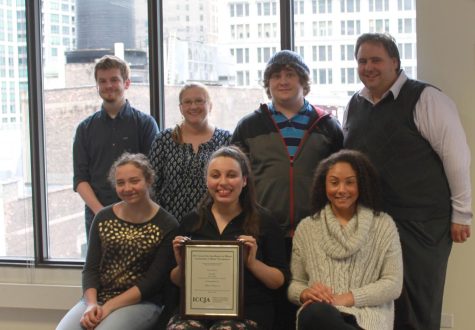Forensic DNA brings home local WWII MIA soldier after 73 years
SPRINGFIELD – It’s September 23, 1944, and Operation Market Garden is in full swing in the Netherlands during World War II. This is the Allies largest airborne operation of the war to this point. Its main objective is to secure a group of bridges, held by the Nazi army, spanning key rivers that enter into Northern Germany. If the Allies take these bridges, then the war will be over by Christmas 1944. As history shows, this did not happen.
The 401st Glider Infantry Regiment (GIR), G Company (attached to the 325th GIR) is landing on this day, three days behind schedule, due to inclement weather. They miss their drop zone and are now behind enemy lines near a dense forest called Kiekberg Woods by the town of Groesbeek, Netherlands. For several days, the German and American forces battled with ferocious attacks and counterattacks resulting in many American losses from the 401st and 325tj GIR. The bloodiest day for the Americans is Sept. 30, when very heavy casualties are inflicted in the dense and foggy forest. Staff Sgt. Michael Aiello of Springfield is fighting here this day. On Oct. 1, Sgt. Aiello does not report for roll call and is listed as Missing In Action (MIA). He would remain this way for 73 years.
“I never thought we would ever hear anything about him again,” said Michael S. Aiello, age 81, Sgt. Aiello’s grandnephew and godson. “I was really too young to remember him, maybe 8 years old when he died.”
In July 2017, descendants of Sgt. Aiello had a meeting in Springfield with members of the Defense POW/MIA Accounting Agency (DPAA), based in Fort Knox, Ky. They came to tell the family that the remains of Sgt. Aiello had positively been identified and would be available for return to his hometown for burial at Camp Butler National Cemetery.
“My dad was never sure if he was killed, captured or how he might have died. He deserves to come home a hero and it’s a great honor to be his godson. I’m so happy,” said Michael Aiello, who was named for his great-uncle.
Sgt. Michael Aiello was the youngest of 16 children, born to immigrant Sicilian parents in 1909 in St. Louis. He moved to Central Illinois when he was 3 years old and went to Sherman Grade School finishing the 8th grade. At 13, he went to work in the coal mines, like most of his family was doing. He, at one time, had his own restaurant in downtown Springfield but was primarily a coal miner until entering the U.S. Army in 1942. He fought in France in the D-Day invasion three months prior to his death in the Netherlands.
So what happened between September 1944 and July 2017 to Sgt. Aiello?
In January 1946 based on a tip from a local resident of Plasmolen, Netherlands, the Quartermaster Graves Registration Co. recovered three sets of remains from the Kiekberg Woods. One was unburied, and the other two were in foxholes. Two were identified as members of Co. G, 401st GIR (Sgt. Aiello’s Company). The third set of remains was unable to be positively identified and was designated as “Unknown X-3367.” They eventually were interred in what is today the Ardennes American Cemetery in Belgium on April 19, 1950, and was listed as “Unknown.”
Over time, the remains of 52 U.S. servicemen from the Kiekberg Woods area were recovered. Forty-six of them were from the 325th/401st GIR. Through diligent and methodical forensics, the Department of the Army and DPAA was able to keep narrowing down the potential possible matches for the unaccounted for servicemen. Recent historical research showed that there were 21 unaccounted for servicemen within a 5-mile radius of the Kiekberg Woods, and all were members of parachute infantry or GIR’s, including 14 attached to the 325th/401st GIR (Sgt. Aiello’s). Anthropological and dental analysis ruled out 19 of the 21 candidates as a match for Sgt. Aiello’s remains. This left two potential remains, one being X-3367.
Members of the Springfield Aiello family began receiving phone calls about 2010 looking for descendants of Sgt. Aiello. The DPAA kept in touch with the family members, only able to tell them that “it may be possible” that his remains have been identified. The family almost lost hope when the DPAA requested DNA samples from two male members of the Aiello descendants between 2013 and 2015. Nothing more was heard from until May 2017.
After review of the obtained samples and approval was obtained, X-3367 was disinterred from the Ardennes American Cemetery in Belgium in May 2016 and sent to the DPAA’s forensic laboratory in Dover Air Force Base in Delaware. A variety of DNA testing was conducted, including mitochondrial (maternal line) and Y-chromosome (paternal line) using Sgt. Aiello’s remains and family submitted samples.
An anthropological analysis was conducted with the remains and revealed them to be an adult male, 35 to 55 years of age at death, and stature of 62 to 67 inches tall. At the time Sgt. Aiello went missing he was 35 years old and 66 inches tall.
The DNA testing came back a positive match and the Army forensics had helped solve a 73-year mystery and help bring closure to the Aiello family.
“It’s incredible what the Army was able to do after so many years,” said Brian Aiello, a great-great-nephew. “I’m so thankful they never gave up and I hope they continue this process to bring closure to other families. I believe it’s well-spent taxpayer’s money and hopes they bring them all home someday”.
Sgt. Aiello will be coming home to Springfield in a few weeks, and a full military burial will be conducted. Services are planned for 10 a.m. Saturday, Oct. 28, in Camp Butler National Cemetery, Riverton, and is open to the public.
Zach Aiello can be reached at [email protected]. Zach is the great-great-great nephew of Sgt. Michael Aiello. His father is Brian Aiello, and his grandfather is Michael Aiello, the grandnephew, and godson of Sgt. Aiello.










